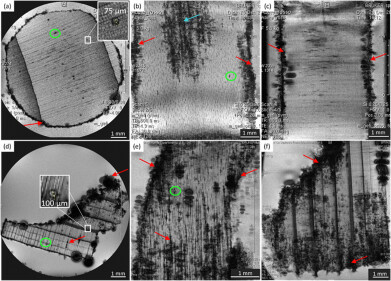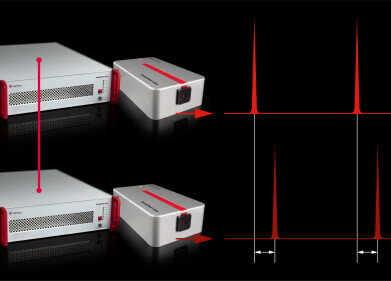Microscopy & Microtechniques
Report on how the Shibaura Institute of Technology are Using an Optical Tweezers System to Study Micro-Bubbles
Mar 01 2016
JPK Instruments reports on the use of their NanoTracker™ 2 optical tweezers system which is being used to study the physical and chemical properties of micro-bubbles in the Department of Mechanical Engineering at the Shibaura Institute of Technology under the leadership of Associate Professor, Dr Yoko Yamanishi.
Dr Yoko Yamanishi is an Associate Professor in the Department of Mechanical Engineering at Shibaura Institute of Technology, Tokyo, Japan. She leads the Yamanishi Laboratory - the Micro-nano Functional Fluid Laboratory. The Laboratory's goals aim to clarify unknown function of cells by using micro-nano technology based on mechanical, electrical and bio-medical engineering. It targets a contribution to the development of cellular scale medical treatment. For example, research includes work on novel gene injection methods and protein crystallisation. Micro-nano scale actuation in micro-fluidic channels is being studied which will help to clarify phenomenon in biomedical fields.
The goal of Dr Yamanishi's research is to clarify the physical and chemical properties of the air-liquid interface of ejected micro-bubbles created by an electrically-induced bubble injector which was invented in her lab. In particular, the adhesion force to attract gene or protein molecules at the air-liquid interface is one of the most interesting topics because this contributes to the understanding of the injection amount of reagent by electrically-induced bubble injector. The group's chosen approach is to use JPK's optical force-sensing tweezers (NanoTracker™ 2). The motivation to use optical tweezers in their research is to evaluate the adhesion force of air-liquid interface of micro-bubble which is directionally ejected in three-dimensional micro-space. Because the micro-bubbles are moving around micro-space freely, it is important to immobilise or trap to evaluate force, hence the use of force sensing optical tweezers.
Dr Yamanishi had previously seen homemade optical tweezers systems in use and this experience led her to the choice of a commercial turnkey system as provided by the NanoTracker™ 2. Dr Yamanishi describes the advantages of her choice. “We found that not much time was required to do the optical alignment with the NanoTracker™. Similarly, there were time savings when calibrating the system for force sensing. Overall, the system is compact taking up less bench space than home built systems.”
Digital Edition
Lab Asia 31.6 Dec 2024
December 2024
Chromatography Articles - Sustainable chromatography: Embracing software for greener methods Mass Spectrometry & Spectroscopy Articles - Solving industry challenges for phosphorus containi...
View all digital editions
Events
Jan 22 2025 Tokyo, Japan
Jan 22 2025 Birmingham, UK
Jan 25 2025 San Diego, CA, USA
Jan 27 2025 Dubai, UAE
Jan 29 2025 Tokyo, Japan



















